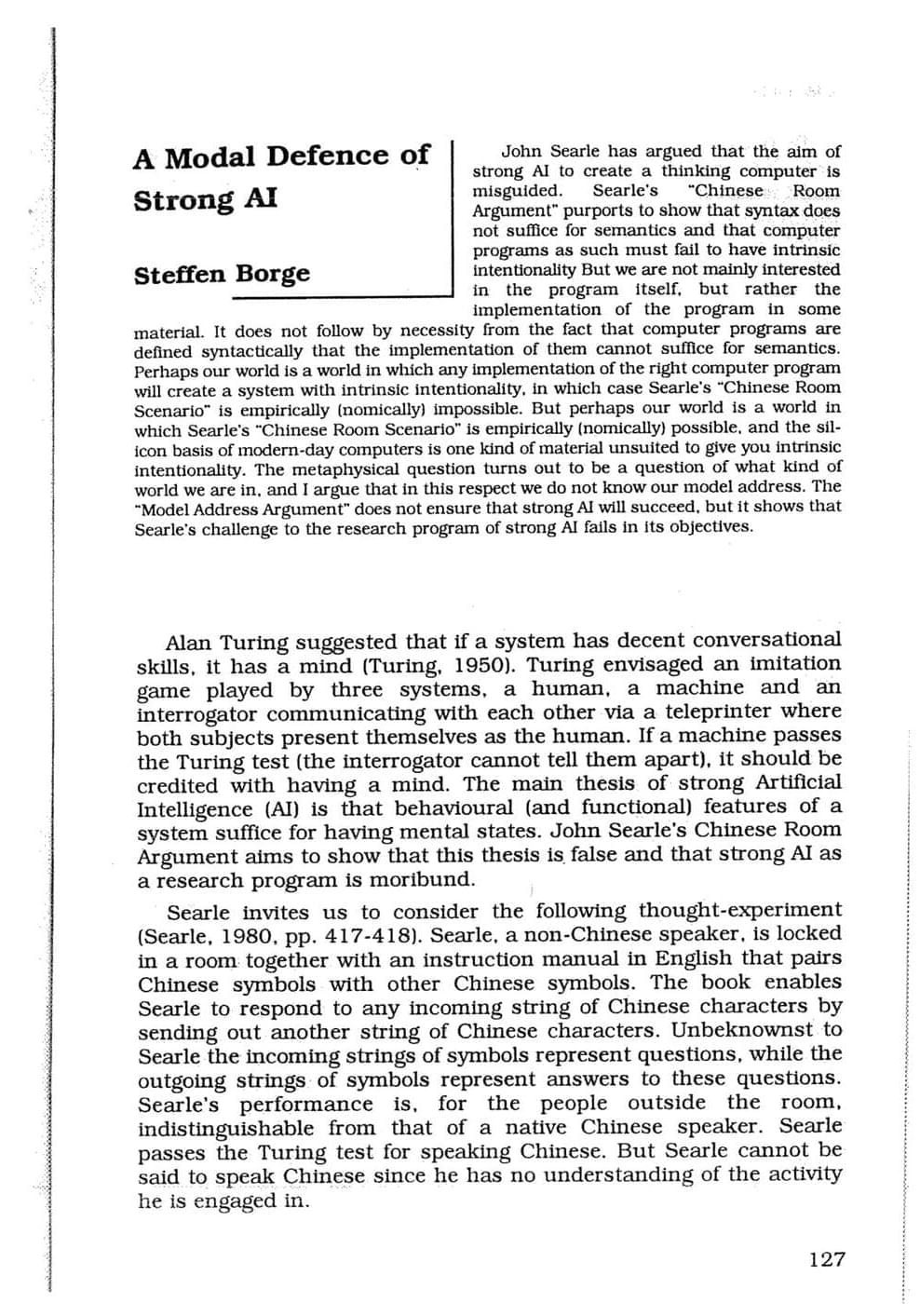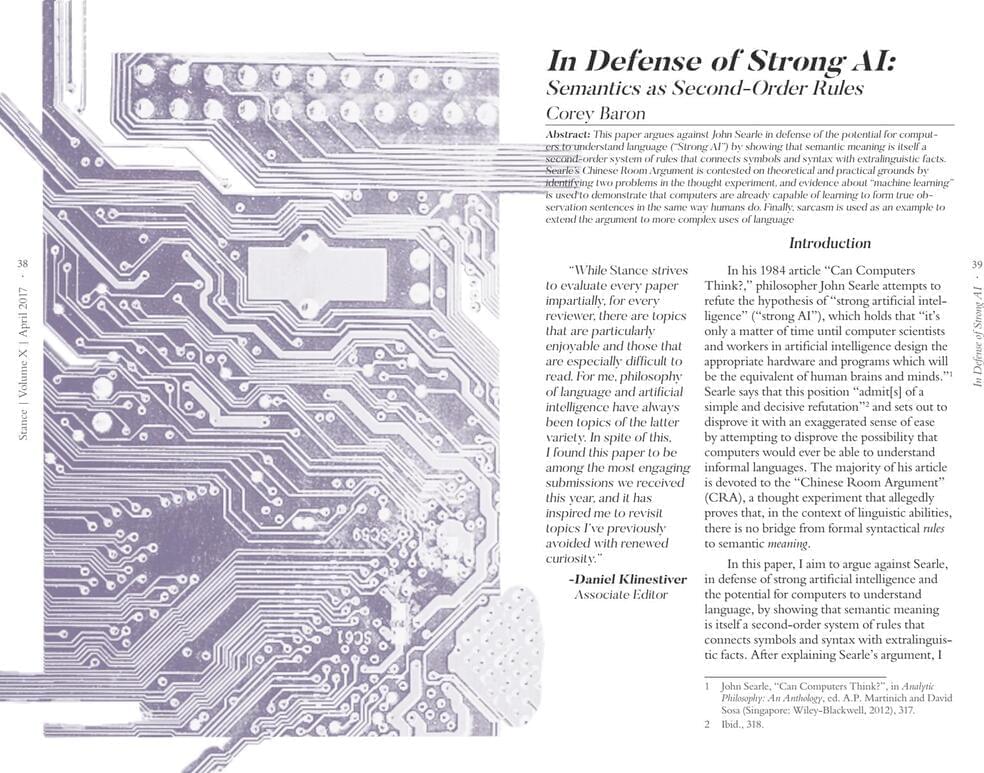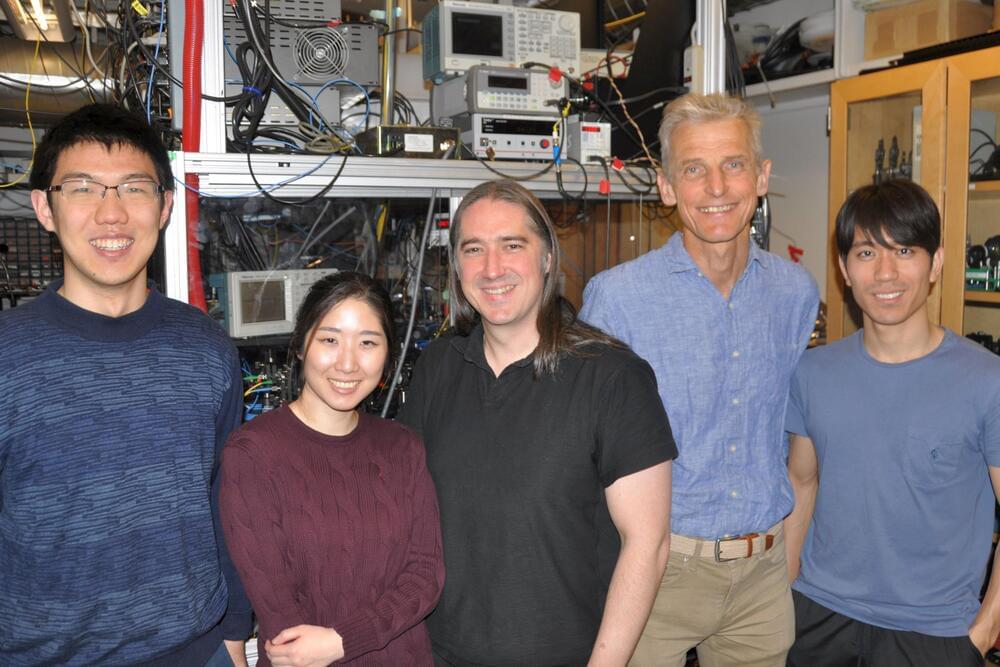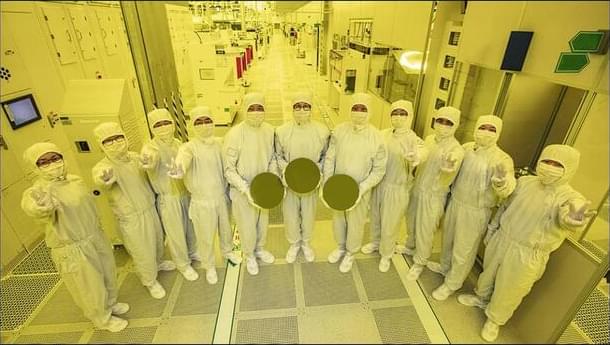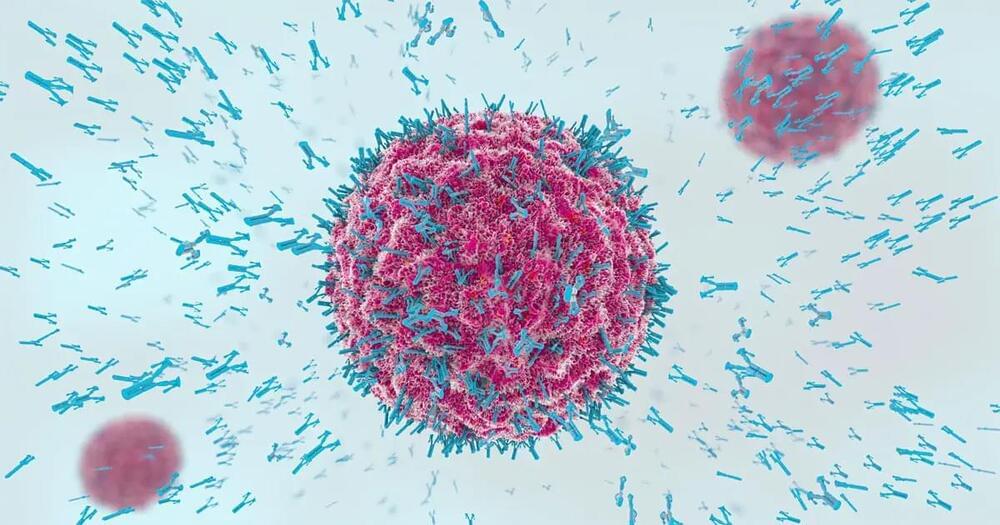“I think of [the agreement] as marking the next chapter in our journey on AI safety, working hand in glove with the United States government,” Donelan told TIME in an interview at the British Embassy in Washington, D.C. on Monday. “I see the role of the United States and the U.K. as being the real driving force in what will become a network of institutes eventually.”
The U.K. and U.S. AI Safety Institutes were established just one day apart, around the inaugural AI Safety Summit hosted by the U.K. government at Bletchley Park in November 2023. While the two organizations’ cooperation was announced at the time of their creation, Donelan says that the new agreement “formalizes” and “puts meat on the bones” of that cooperation. She also said it “offers the opportunity for them—the United States government—to lean on us a little bit in the stage where they’re establishing and formalizing their institute, because ours is up and running and fully functioning.”
The two AI safety testing bodies will develop a common approach to AI safety testing that involves using the same methods and underlying infrastructure, according to a news release. The bodies will look to exchange employees and share information with each other “in accordance with national laws and regulations, and contracts.” The release also stated that the institutes intend to perform a joint testing exercise on an AI model available to the public.
